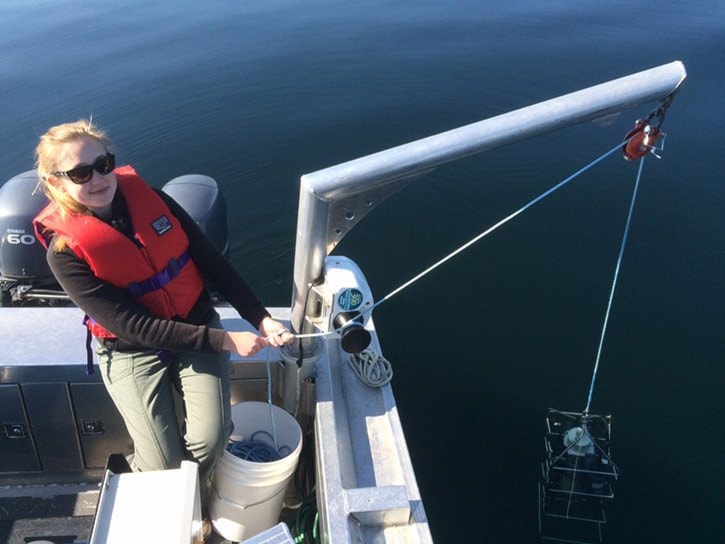Soon after the Mount Polley Mine tailings impoundment breach, staff from the Quesnel River Research Centre were on the water taking samples and have continued to throughout the year.
“The breach definitely shifted our thinking,” said Sam Albers, manager of the QRRC Tuesday. “A year out I want to pick up the stuff we collected a year ago and compare it to what we collect this year. And going forward get that year to year comparison.”
On Aug. 6, 2014, staff obtained the first samples from the sediment plume, to measure for turbidity and temperature.
Over the next few months, the centre will delve into the data that’s been collected but at this point there aren’t any conclusions.
Staff and research assistants have been taking samples for sediment and plankton in various locations from Quesnel to the junction at Quesnel Lake.
The lake’s temperature normally increases and decreases, and last year the ejection of cold water would be filled with tailings so there would be a change in colour, Albers said.
“But there’s not the same concentration of tailings now so we’re not getting that visual indication so that’s a positive,” he said. “The turbidity plume has cleared up.”
According to the Mount Polley Mine Corporation’s Post-Event Environmental Impact Assessment Report, published in June, the sediment from the breach is 10 metres deep in some cases and expands well beyond the opening of Hazeltine Creek into Quesnel Lake, Albers pointed out.
“That’s a lot of material that’s in the lake now that wasn’t in it before. We will be wondering what’s going to happen with that and what sort of conditions will that create,” he said.
It will be interesting to see what kinds of bottom sediment ingesting invertebrate recolonize the area and what sort of impact it will have for the bioavailability of all the minerals, he added.
Some time in the fall the centre will holds its annual open house, although the date has yet to be confirmed.
At the open house the centre will summarize its research to date to share with the public.
“We are also hoping to release papers regularly on our findings, but that will take some time,” Albers said.
